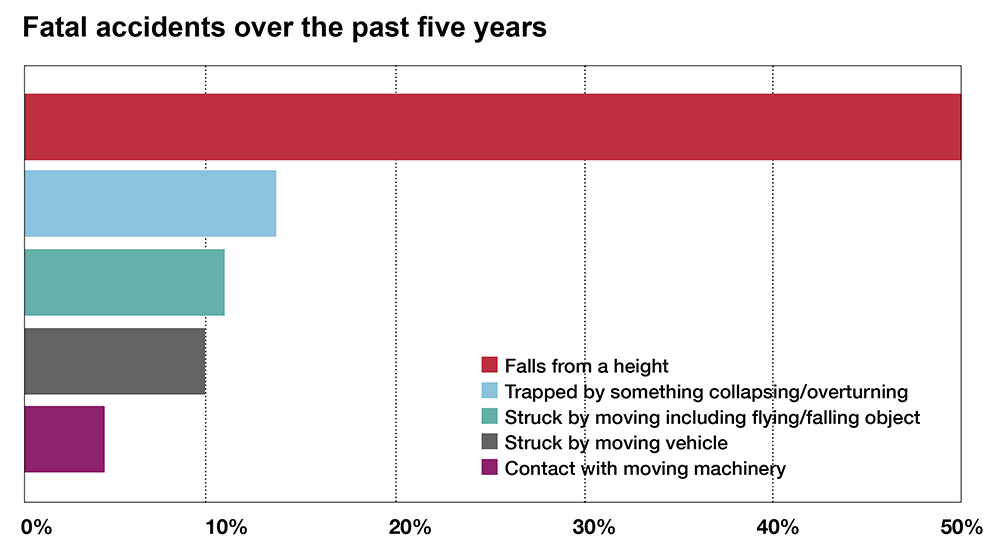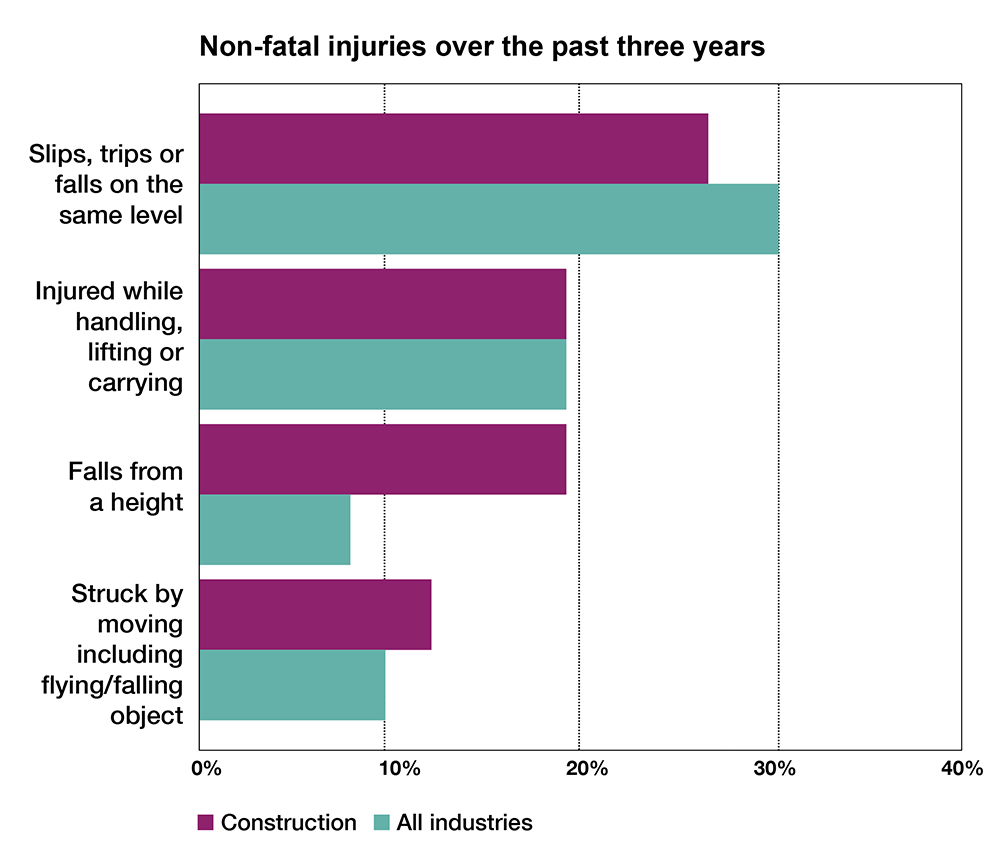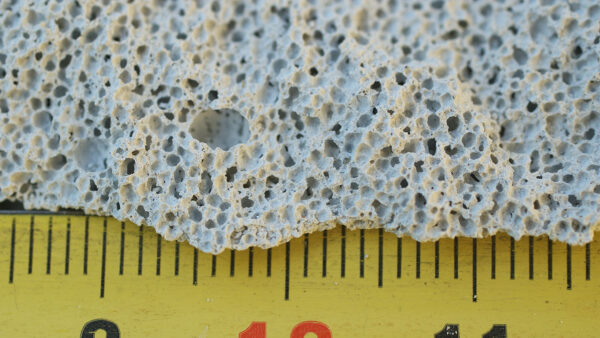
The industry can learn from digging deeper into the HSE’s statistics for work-related accidents, ill health and enforcement actions.
On 16 December 2021, the Health and Safety Executive (HSE) published its report of work-related accidents, ill health and enforcement actions in construction to the year ending March 2021.
Despite this being the first year of the Covid-19 pandemic, the headline accident and health figures do not reveal any Covid-related trends, says the HSE. However, Steve Coppin, chair of the Chartered Institute of Building’s (CIOB’s) health and safety special interest group, urges the industry to dig deeper into other HSE data.
“Data regarding dangerous occurrences are only found separately in other reports and tables, which are categorised as general, rather than focusing on the construction sector,” says Coppin. This data – and data on electrical incidents – reveals some potentially worrying trends, he says.
The construction-specific statistics show that there were 39 fatal injuries to workers in 2020/21, which is in line with the five-year annual average of 36. The report doesn’t break down the cause of deaths for 2020/21 but instead classifies them for the last five years, between 2016/17 and 2020/21 (see chart below).

Falls from height dominate, accounting for 50% of deaths, being trapped or collapsing make up 13%, struck by moving or falling object 11%, struck by moving vehicle 10% and contact with moving machinery 4%.
There has been an average of 61,000 non-fatal injuries over the three years to 2020/21 (see chart below). Slips, trips and falls were most common, accounting for 26%, lifting or handling injuries and falls from height were each responsible for 19% and 12% of accidents were due to being struck by moving or falling objects.
Looking at safety-related electrical incidents reported to the HSE, Coppin notes significant increases in some of the categories.

Fatalities increased from four in the previous two years to 13 in 2020/21 and, although serious but non-fatal injuries fell, there were an additional 500 ‘other events’ in 2020/21. (See www.hse.gov.uk/statistics/tables/esqcr.xlsx).
And among another data found in the government RIDDOR statistics for 2020/21, there are reports of 80 collapses or partial collapses of a building or structure and 14 collapses of falsework (See www.hse.gov.uk/statistics/tables/riddo.xlsx).
“Given the culture of possible under-reporting, these figures are quite concerning,” comments Coppin. “These high numbers demonstrate that we, as an industry, must do more to share lessons learned so that the causes of these incidents can be prevented by all who are responsible for risk.”
One area where the impacts of the Covid pandemic can be seen in the statistics is in the number of notices issued by the HSE. This fell to 1,260 in 2020/21 from 1,995 in 2019/20 with a fall in prosecution cases and convictions too.












